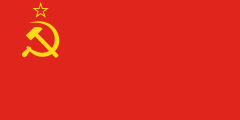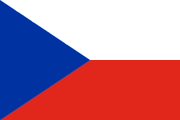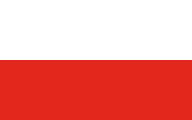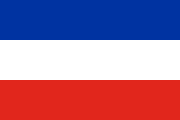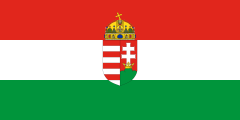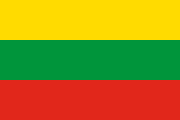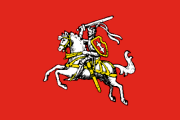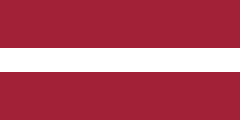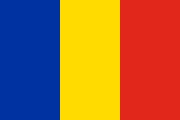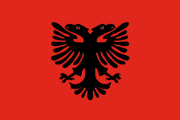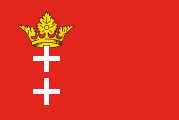Sub-Saharan Africa

Ethiopia

African National Congress
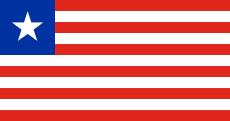
Liberia
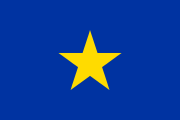
Congo

Zanzibar
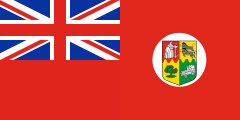
South Africa
Middle East and North Africa
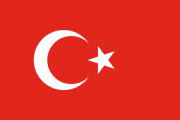
Turkey
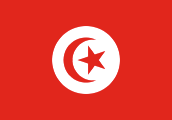
Tunisia
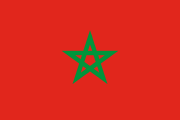
Morocco 11 Moroccan merchant ships in the French zone flew what was called the "Arab ensign", the national flag with a French tricolour added to the top-left corner.
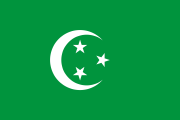
Egypt
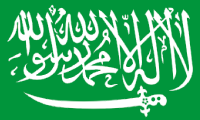
Hejaz and Nejd
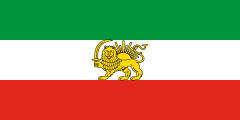
Persia
state flag 22 Flown by the government, and often by private citizens.
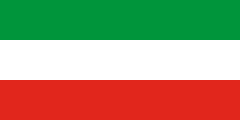
Persia
national flag 33 Allowed to be flown by anyone.
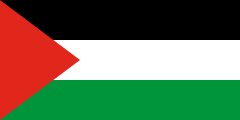
Palestine · Transjordan 44 In Palestine, flown unofficially by the Arab community. Merchant ships flew a red British ensign with a badge that said "PALESTINE". The Jewish community flew the modern flag of Israel.
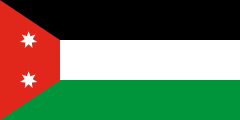
Iraq
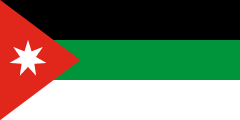
Syria
nationalist flag 55 The former flag of the short-lived Arab Kingdom of Syria, flown by nationalists throughout the mandate period.
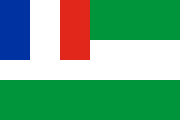
Syria
mandate flag 66 Flag of the State of Syria, a French-administered statelet under a League of Nations mandate.
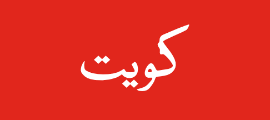
Kuwait 77 There were many variations of this flag, depending on who was flying it and when. Some versions would have added inscriptions, decorations or royal symbols. The flag could also be triangular.
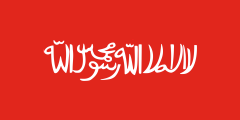
Yemen

Muscat and Oman · Zanzibar
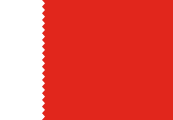
Bahrain 88 The number of points could vary. Some flags even had a completely straight-edged stripe.
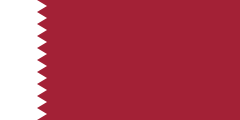
Qatar

Ras al-Khaimah · Sharjah 99 Officially all of the Trucial States were supposed to fly a square red flag with a thick white border. In practice this flag became exclusively associated with the Al Qasimi dynasty. The other states mostly flew plain red flags.
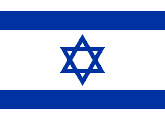
Eretz-Israel 1010 Flown by the Jewish community in the British mandate of Palestine. Direct ancestor of the flag of Israel.
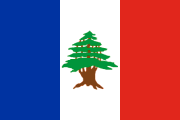
Lebanon
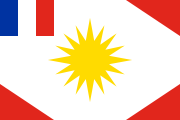
Alawite State
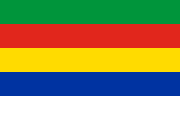
Jebel Druze
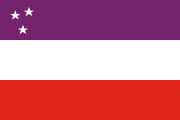
Assyrians
Western Europe
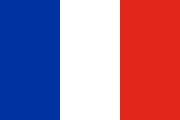
France
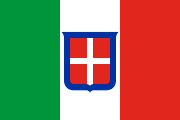
Italy
national flag 1111 Flown by private citizens and merchant ships. The "Italian Social Republic", the Nazi puppet regime in the north, flew the plain tricolour as a national flag and had a war flag with an eagle gripping a fasces. The anti-fascist Italian partisans flew either plain tricolours or tricolours with a white or red star on the middle stripe.
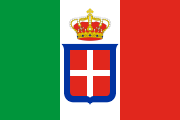
Italy
state flag 1212 Flown by the government and navy.
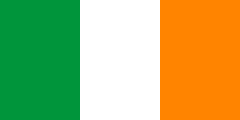
Ireland
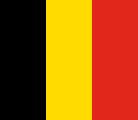
Belgium
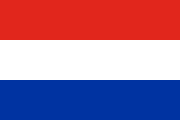
Netherlands
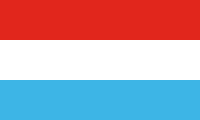
Luxembourg
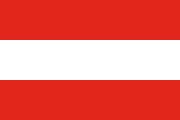
Austria
national flag 1313 Flown by private citizens and municipalities.
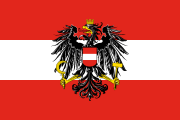
Austria
state flag 1414 Flown by the federal government and the armed forces.
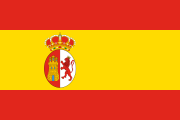
Spain

Andorra
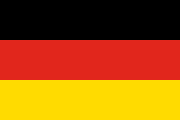
Germany
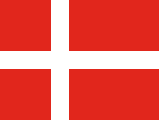
Denmark
national flag 1515 Allowed to be flown by anyone.
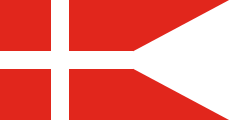
Denmark
sovereign flag 1616 Flown by the royal house, the government, and the armed forces. Also granted to a select list of private institutions and companies.
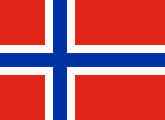
Norway
merchant flag 1717 Allowed to be flown by anyone.
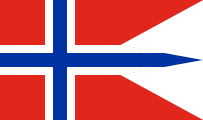
Norway
state flag 1818 Flown only on state-owned buildings and naval ships.
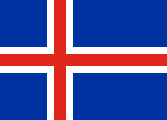
Iceland
national flag 1919 Allowed to be flown by anyone.
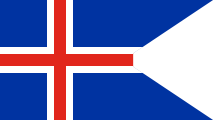
Iceland
state flag 2020 Flown on government buildings and coast guard ships.
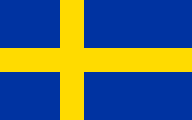
Sweden 2121 Flown for all purposes. A three-tailed version of the national flag is flown by the military.
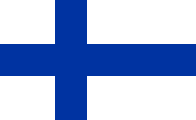
Finland
national flag 2222 Allowed to be flown by anyone.

Finland
state flag 2323 Flown by the government, border guard, and public universities. The armed forces fly a version with a swallowtail cut.
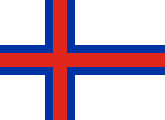
Faroe Islands
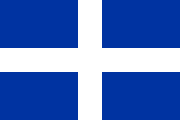
Greece
land flag 2424 Flown on land within Greece.

Greece
sea flag 2525 Flown at sea and abroad.
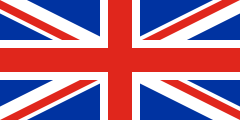
United Kingdom
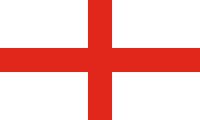
England
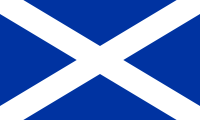
Scotland
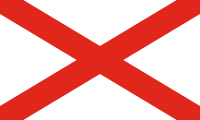
Jersey
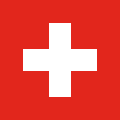
Switzerland
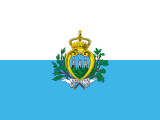
San Marino
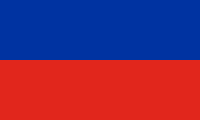
Liechtenstein
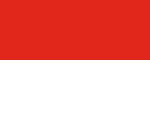
Monaco
national flag 2626 Allowed to be flown by anyone.
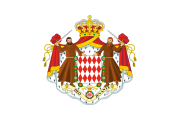
Monaco
princely flag 2727 Flown over the Prince's Palace and government buildings.

Malta
traditional flag 2828 Flown unofficially, mostly by civilian ships. There was also a blue colonial ensign with the Maltese coat of arms on it.
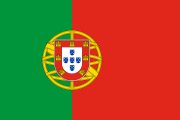
Portugal
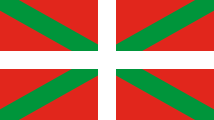
Basque Country
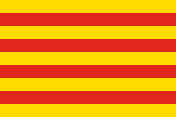
Catalonia
senyera 2929 The traditional Catalan flag.
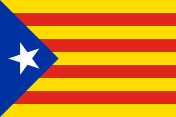
Catalonia
estelada 3030 The flag preferred by supporters of Catalan independence.

Brittany
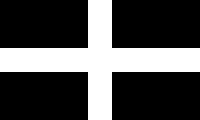
Cornwall
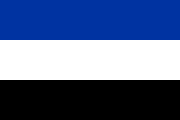
Saar Territory
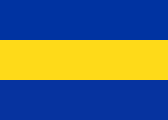
Åland

Galicia
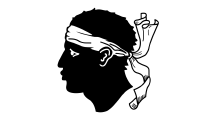
Corsica
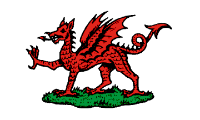
Wales
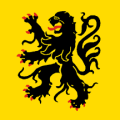
Flanders
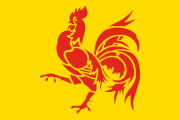
Wallonia
Eastern Europe
South Asia and the Indian Ocean
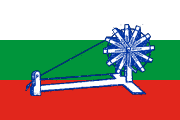
India 3333 The Svaraj ("self-rule") flag flown by nationalists and independence activists. British India had several colonial flags. A red civil ensign with the Star of India medal on it was used to represent India at international sporting events and in the League of Nations.
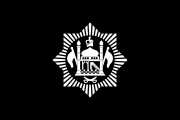
Afghanistan
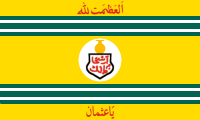
Hyderabad
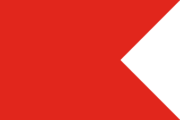
Jammu and Kashmir 3434 The maharaja's flag had yellow stripes at the top and bottom.

Nepal
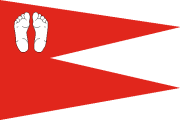
Jhabua 3535 The raja's flag was rectangular

Dewas
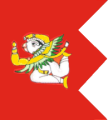
Kota
princely flag 3636 Flown by the Maharao and also used as a state flag. The flag was sometimes much longer.
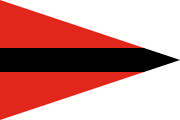
Benares
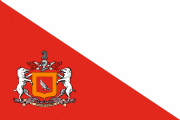
Sailana 3737 The previous plain red flag was sometimes flown as an alternate state flag.
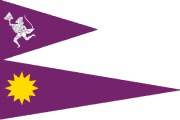
Ajaigarh 3838 The reverse side of the flag showed a moon and a flower.

Mewar 3939 Mewar had a number of reported princely banners which were also sometimes used as state flags. The most common one had a large yellow sun and a blue katar dagger.
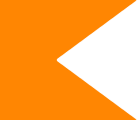
Kolhapur 4040 Kolhapur flew the Maratha saffron banner as a state flag. The maharaja had a diagonally-divided red and orange flag.

Dhar
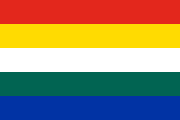
Jaipur
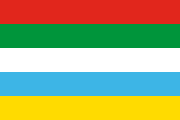
Alwar
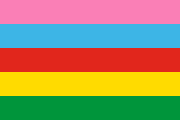
Idar
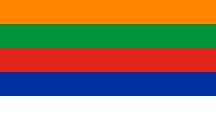
Sirohi
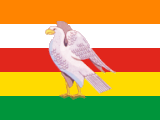
Jodhpur
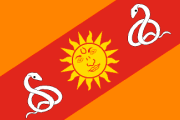
Gwalior
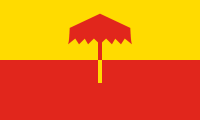
Jaisalmer
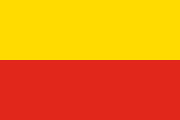
Nabha
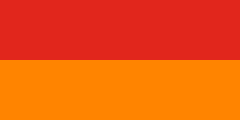
Bikaner
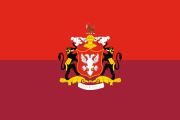
Mysore
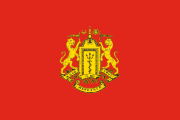
Wankaner
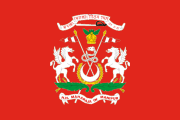
Manipur

Charkhari

Banswara
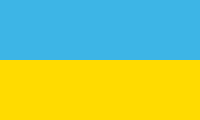
Dholpur

Chhatarpur

Kapurthala
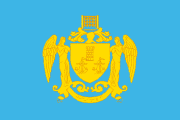
Cambay
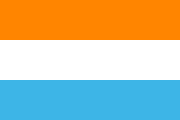
Bharatpur
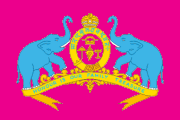
Kochin
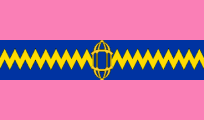
Dhrangadhra

Rajpipla
princely flag 4141 Flown by the maharaja and often used as a state flag.

Rajpipla
national flag 4242 Allowed to be flown by civilians.
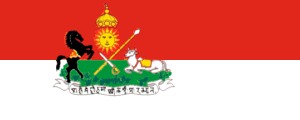
Indore 4343 The state flag was sometimes used without the emblem. Inland river boats flew a triangular pennant in the same colours.
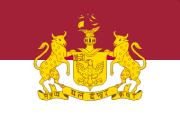
Bhavnagar 4444 There was also a red British colonial ensign with the coat of arms on it.
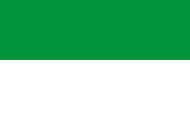
Tonk 4545 The nawab's flag, which was sometimes used as an alternate state flag, was white with a green hand.
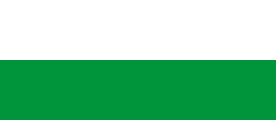
Garhwal 4646 The maharaja's flag had a gold eagle on it. The armed forces used a flag with white and purple stripes.
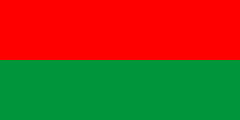
Suket 4747 The raja's flag had a gold tiger head in the middle. The war flag was a red flag with the state coat of arms on it.
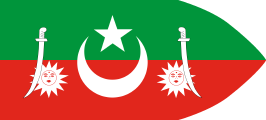
Kalat
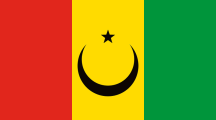
Bahawalpur
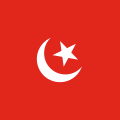
Janjira 4848 There was also a red colonial British ensign with a black tower and a white crescent and star.
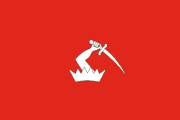
Baroda
princely flag 4949 Flown by the maharaja and often used as a state flag. The swallowtailed saffron Maratha banner was also sometimes flown. There was a red colonial British ensign with a scimitar and horseman badge.
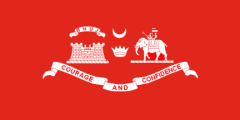
Kutch 5050 There was also a red British colonial ensign with a white sun and moon badge.
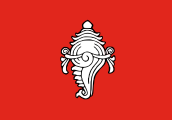
Travancore 5151 There was also a red British colonial ensign with a white shell badge.

Rajgarh

Pratapgarh 5252 The maharawat's flag had the same design but in yellow instead of white.
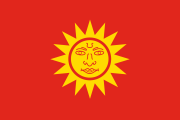
Cooch Behar
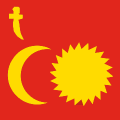
Barwani
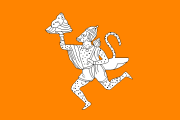
Porbandar 5353 There was also a red British colonial ensign with a white Hanuman badge.
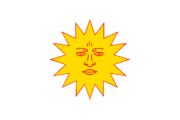
Sitamau 5454 The Raja's flag had a red sun

Faridkot
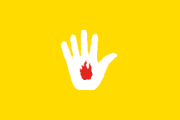
Rewa
princely flag 5555 Flag of the maharaja's dynasty, used as a state flag.

Bundi

Jhalawar

Karauli
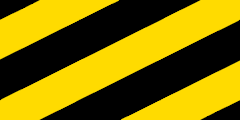
Orchha
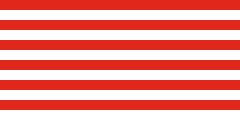
Alirajpur
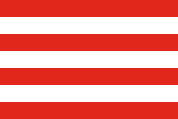
Khairpur
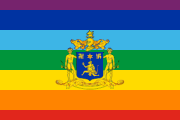
Dungarpur

Baoni

Mandi 5656 The flag flown at the palace had the state coat of arms on it.

Kishangarh
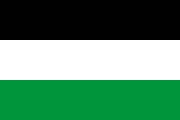
Bhopal 5757 The nawab's standard had a crown and inscription on it.
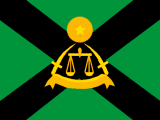
Jaora
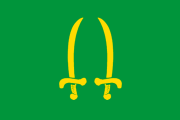
Rampur

Bilaspur

Sikkim
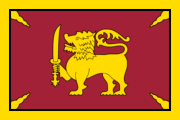
Sinhalese Flag 5858 Flown by Sinhalese nationalists in Ceylon, now Sri Lanka. There was also an infrequently-used blue British colonial ensign with an elephant badge.
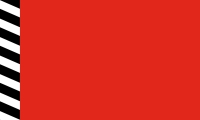
Maldive Islands
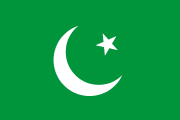
Muslim League 5959 Flag of the All-India Muslim League, which advocated for Muslim interests within British India. The direct predecessor of the flag of Pakistan.
East, Central and Southeast Asia

Japan
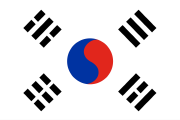
Korea 6060 Flown by the Korean independence movement and the unrecognized government-in-exile based in China. Banned under Japanese occupation.
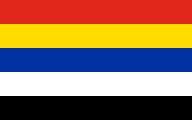
China
Beiyang flag 6161 Flown by the Beiyang government in Beijing, which controlled Northern China.
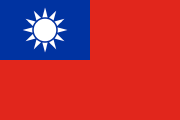
China
Nationalist flag 6262 Flown by the Nationalist government in Guangzhou, which controlled Southern China.
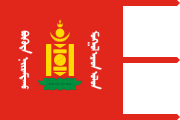
Mongolia
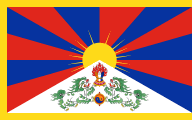
Tibet
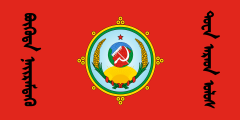
Tuva
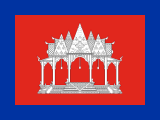
Cambodia
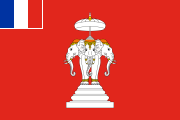
Laos
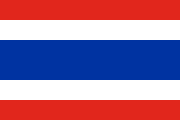
Siam
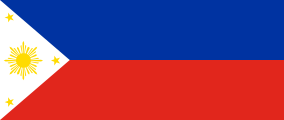
Philippines
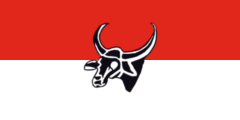
Indonesia 6363 Flown by Indonesian nationalists. The Dutch East Indies did not have an official national flag.
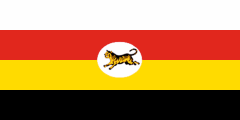
Federated Malay States
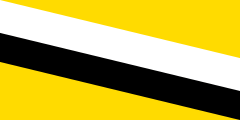
Brunei

Terengganu

Sarawak

Perlis
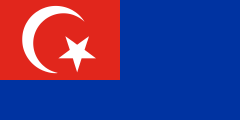
Johor
state flag 6464 Flown by the sultan and on naval ships.

Johor
merchant flag 6565 Flown by merchant ships and sometimes used by civilians as an alternate national flag.

Kelantan
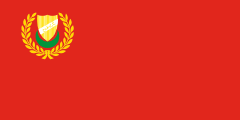
Kedah
state flag 6666 Flown over the sultan's palace and the military.
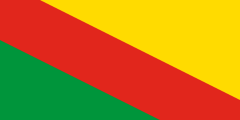
Kedah
merchant flag 6767 Flown by merchant ships.
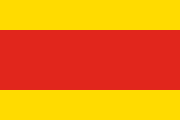
Annam 6868 There was also a colonial "protectorate flag" which was plain yellow with a French tricolour in the top left corner.
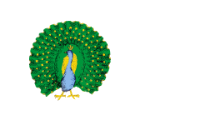
Burma 6969 Flown by Burmese nationalists. The British colonial government did not have a distinct flag.
Oceania

Australia
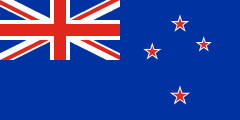
New Zealand
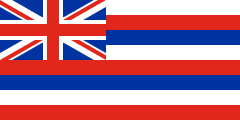
Hawaiʻi

Tonga
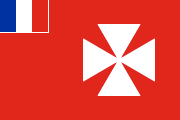
Wallis and Futuna
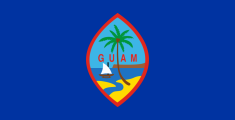
Guam
North America and the Caribbean
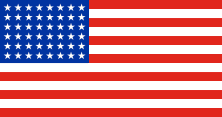
United States

Canada 7070 Officially only to be flown civilian ships, but in practice flown widely on land as the national flag.
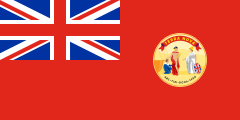
Newfoundland 7171 Officially only to be flown civilian ships, but in practice flown widely on land as the national flag.
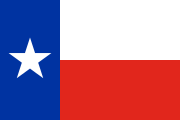
Texas
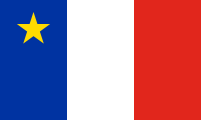
Acadia
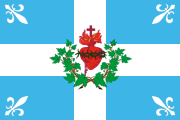
Québec
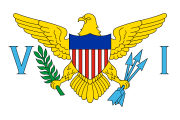
Virgin Islands (U.S.)
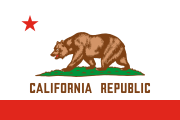
California
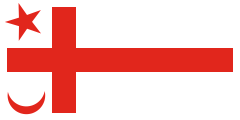
Mi’kmaq
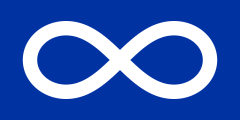
Métis
Latin America
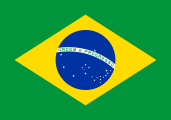
Brazil
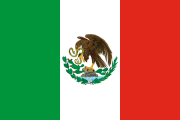
Mexico
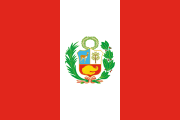
Peru
national ensign 7272 Flown by the government, the navy, the national police, and national sports teams. Raised at major ceremonies. The army uses a similar flag with a different coat of arms.
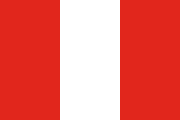
Peru
national flag 7373 Allowed to be flown by anyone.
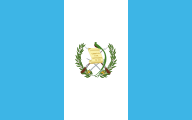
Guatemala
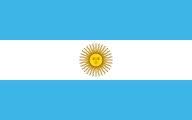
Argentina
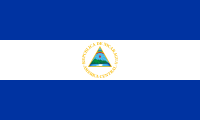
Nicaragua

El Salvador
national flag 7474 The most common flag, flown over most government buildings, at ceremonies, by diplomatic missions and often by public citizens.
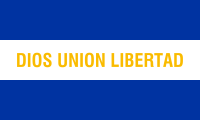
El Salvador
inscribed flag 7575 An alternative government flag, most commonly flown by the armed forces but also on some public buildings and offices.
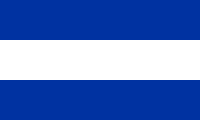
El Salvador
plain flag 7676 The simplest version of the national flag, flown by some private citizens.
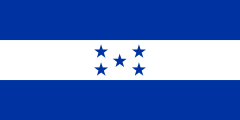
Honduras

Paraguay
front side
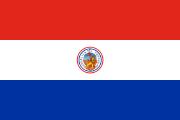
Paraguay
back side
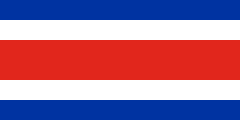
Costa Rica
national flag 7777 The most common Costa Rican flag. Officially designated for private citizens, but in practice often used on government buildings and schools too.
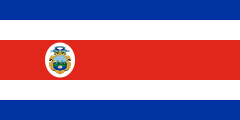
Costa Rica
national ensign 7878 Flown by the government and by diplomatic missions, although also used sometimes by private citizens.
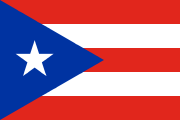
Puerto Rico 7979 Flown by Puerto Rican nationalists. Display of the flag was initially banned under American rule.

Cuba
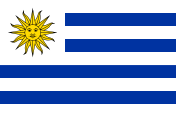
Uruguay
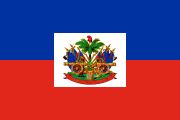
Haiti
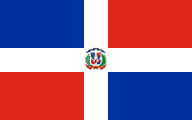
Dominican Republic
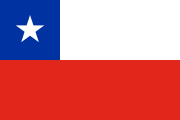
Chile
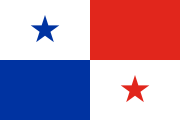
Panama
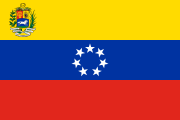
Venezuela
national ensign 8080 Flown by the government and armed forces, and unofficially used by many private citizens.
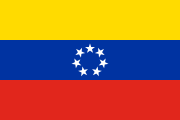
Venezuela
national flag 8181 Allowed to be flown by anyone.
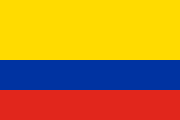
Colombia
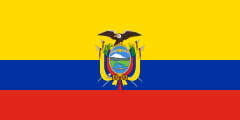
Ecuador
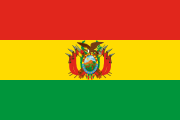
Bolivia
state flag 8282 Flown by the governmnent. The armed forces flew a similar flag with olive and laurel branches around the coat of arms.
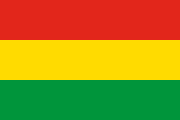
Bolivia
national flag 8383 Allowed to be flown by anyone.
Other International and Cultural Flags
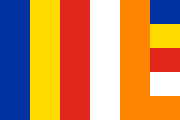
Buddhist Flag
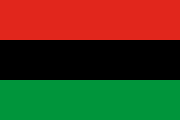
Pan-African Flag
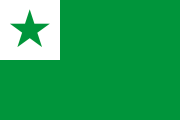
Esperanto

Red Cross
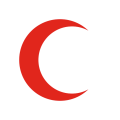
Red Crescent

Red Lion and Sun
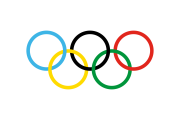
Olympic Games
Events of 1926
ARABIA • Ibn Saud completed his conquest of Hejaz and crowned himself king on January 8. The Hashemite flag was lowered and replaced with the flag of Nejd. The small emirate of ʿAsir, nestled between Hejaz and Yemen, surrendered its sovereignty to Nejd in March.



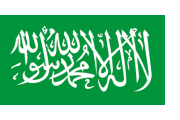


LEBANON • The State of Greater Lebanon changed its name to the Lebanese Republic when its constitution was adopted on May 23.
TUVA • Tannu Tuva shortened its name to Tuva and adopted a new flag on November 24.
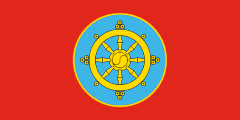


Notes
1 Moroccan merchant ships in the French zone flew what was called the "Arab ensign", the national flag with a French tricolour added to the top-left corner. ↩
2 Flown by the government, and often by private citizens. ↩
3 Allowed to be flown by anyone. ↩
4 In Palestine, flown unofficially by the Arab community. Merchant ships flew a red British ensign with a badge that said "PALESTINE". The Jewish community flew the modern flag of Israel. ↩
5 The former flag of the short-lived Arab Kingdom of Syria, flown by nationalists throughout the mandate period. ↩
6 Flag of the State of Syria, a French-administered statelet under a League of Nations mandate. ↩
7 There were many variations of this flag, depending on who was flying it and when. Some versions would have added inscriptions, decorations or royal symbols. The flag could also be triangular. ↩
8 The number of points could vary. Some flags even had a completely straight-edged stripe. ↩
9 Officially all of the Trucial States were supposed to fly a square red flag with a thick white border. In practice this flag became exclusively associated with the Al Qasimi dynasty. The other states mostly flew plain red flags. ↩
10 Flown by the Jewish community in the British mandate of Palestine. Direct ancestor of the flag of Israel. ↩
11 Flown by private citizens and merchant ships. The "Italian Social Republic", the Nazi puppet regime in the north, flew the plain tricolour as a national flag and had a war flag with an eagle gripping a fasces. The anti-fascist Italian partisans flew either plain tricolours or tricolours with a white or red star on the middle stripe. ↩
12 Flown by the government and navy. ↩
13 Flown by private citizens and municipalities. ↩
14 Flown by the federal government and the armed forces. ↩
15 Allowed to be flown by anyone. ↩
16 Flown by the royal house, the government, and the armed forces. Also granted to a select list of private institutions and companies. ↩
17 Allowed to be flown by anyone. ↩
18 Flown only on state-owned buildings and naval ships. ↩
19 Allowed to be flown by anyone. ↩
20 Flown on government buildings and coast guard ships. ↩
21 Flown for all purposes. A three-tailed version of the national flag is flown by the military. ↩
22 Allowed to be flown by anyone. ↩
23 Flown by the government, border guard, and public universities. The armed forces fly a version with a swallowtail cut. ↩
24 Flown on land within Greece. ↩
25 Flown at sea and abroad. ↩
26 Allowed to be flown by anyone. ↩
27 Flown over the Prince's Palace and government buildings. ↩
28 Flown unofficially, mostly by civilian ships. There was also a blue colonial ensign with the Maltese coat of arms on it. ↩
29 The traditional Catalan flag. ↩
30 The flag preferred by supporters of Catalan independence. ↩
31 Allowed to be flown by anyone. ↩
32 Flown by the President and on state-owned ships. ↩
33 The Svaraj ("self-rule") flag flown by nationalists and independence activists. British India had several colonial flags. A red civil ensign with the Star of India medal on it was used to represent India at international sporting events and in the League of Nations. ↩
34 The maharaja's flag had yellow stripes at the top and bottom. ↩
35 The raja's flag was rectangular ↩
36 Flown by the Maharao and also used as a state flag. The flag was sometimes much longer. ↩
37 The previous plain red flag was sometimes flown as an alternate state flag. ↩
38 The reverse side of the flag showed a moon and a flower. ↩
39 Mewar had a number of reported princely banners which were also sometimes used as state flags. The most common one had a large yellow sun and a blue katar dagger. ↩
40 Kolhapur flew the Maratha saffron banner as a state flag. The maharaja had a diagonally-divided red and orange flag. ↩
41 Flown by the maharaja and often used as a state flag. ↩
42 Allowed to be flown by civilians. ↩
43 The state flag was sometimes used without the emblem. Inland river boats flew a triangular pennant in the same colours. ↩
44 There was also a red British colonial ensign with the coat of arms on it. ↩
45 The nawab's flag, which was sometimes used as an alternate state flag, was white with a green hand. ↩
46 The maharaja's flag had a gold eagle on it. The armed forces used a flag with white and purple stripes. ↩
47 The raja's flag had a gold tiger head in the middle. The war flag was a red flag with the state coat of arms on it. ↩
48 There was also a red colonial British ensign with a black tower and a white crescent and star. ↩
49 Flown by the maharaja and often used as a state flag. The swallowtailed saffron Maratha banner was also sometimes flown. There was a red colonial British ensign with a scimitar and horseman badge. ↩
50 There was also a red British colonial ensign with a white sun and moon badge. ↩
51 There was also a red British colonial ensign with a white shell badge. ↩
52 The maharawat's flag had the same design but in yellow instead of white. ↩
53 There was also a red British colonial ensign with a white Hanuman badge. ↩
54 The Raja's flag had a red sun ↩
55 Flag of the maharaja's dynasty, used as a state flag. ↩
56 The flag flown at the palace had the state coat of arms on it. ↩
57 The nawab's standard had a crown and inscription on it. ↩
58 Flown by Sinhalese nationalists in Ceylon, now Sri Lanka. There was also an infrequently-used blue British colonial ensign with an elephant badge. ↩
59 Flag of the All-India Muslim League, which advocated for Muslim interests within British India. The direct predecessor of the flag of Pakistan. ↩
60 Flown by the Korean independence movement and the unrecognized government-in-exile based in China. Banned under Japanese occupation. ↩
61 Flown by the Beiyang government in Beijing, which controlled Northern China. ↩
62 Flown by the Nationalist government in Guangzhou, which controlled Southern China. ↩
63 Flown by Indonesian nationalists. The Dutch East Indies did not have an official national flag. ↩
64 Flown by the sultan and on naval ships. ↩
65 Flown by merchant ships and sometimes used by civilians as an alternate national flag. ↩
66 Flown over the sultan's palace and the military. ↩
67 Flown by merchant ships. ↩
68 There was also a colonial "protectorate flag" which was plain yellow with a French tricolour in the top left corner. ↩
69 Flown by Burmese nationalists. The British colonial government did not have a distinct flag. ↩
70 Officially only to be flown civilian ships, but in practice flown widely on land as the national flag. ↩
71 Officially only to be flown civilian ships, but in practice flown widely on land as the national flag. ↩
72 Flown by the government, the navy, the national police, and national sports teams. Raised at major ceremonies. The army uses a similar flag with a different coat of arms. ↩
73 Allowed to be flown by anyone. ↩
74 The most common flag, flown over most government buildings, at ceremonies, by diplomatic missions and often by public citizens. ↩
75 An alternative government flag, most commonly flown by the armed forces but also on some public buildings and offices. ↩
76 The simplest version of the national flag, flown by some private citizens. ↩
77 The most common Costa Rican flag. Officially designated for private citizens, but in practice often used on government buildings and schools too. ↩
78 Flown by the government and by diplomatic missions, although also used sometimes by private citizens. ↩
79 Flown by Puerto Rican nationalists. Display of the flag was initially banned under American rule. ↩
80 Flown by the government and armed forces, and unofficially used by many private citizens. ↩
81 Allowed to be flown by anyone. ↩
82 Flown by the governmnent. The armed forces flew a similar flag with olive and laurel branches around the coat of arms. ↩
83 Allowed to be flown by anyone. ↩
